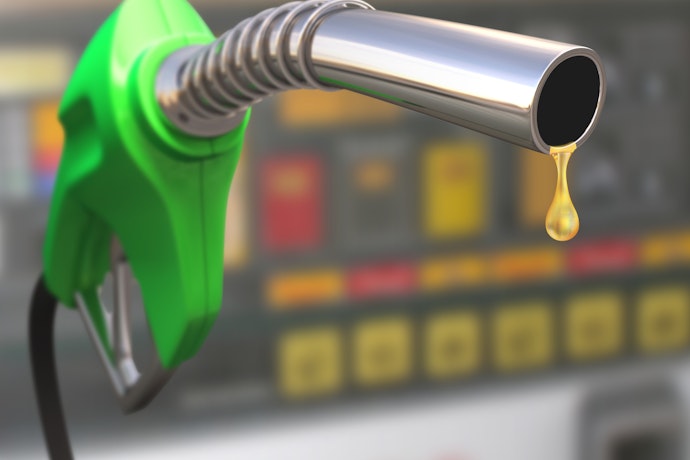5 ways to reduce fuel costs
Learn how fleet management technology can help you reduce your fuel costs...
Read more
Fleets have been contending with many challenges during the pandemic. Supply chain disruptions have affected businesses across the U.S., and the cost of fuel is rising.
According to the U.S. Energy Information Administration’s Short-Term Energy Outlook, they expect regular gasoline retail prices to average $3.71/gal in the second half of 2022, up from $3.00/gal in 2021, and expect on-highway diesel prices to increase to average $4.04/gal in 2022.
It’s imperative that owners, operators and fleet managers find ways to save money while increasing productivity in 2022 and beyond. Technology can help save fuel and cut costs by analyzing drivers’ behaviors, purchasing options, routes and maintenance-and proposing long-term efficiency solutions.
Fleet management technology can help organizations keep tabs on key factors that impact operations, including fuel use. Reviewing GPS and fuel transaction information together enables fleets to identify patterns for improving efficiency and preventing misuse.
Here are some of the areas that fleets can monitor:
Fleet management technology can also provide insights into driving behaviors and vehicle functions that have a direct link to fuel efficiency.
Download our 5 ways to reduce fuel cost eBook for more tips on increasing fleet fuel efficiency.
Ready to see for yourself how a telematics solution from Verizon Connect can help your fleet control fuel costs? Request a demo when it’s convenient for you.
Tags: Cost control, Vehicle Maintenance, Routing, Fuel cost management




Find out how our platform gives you the visibility you need to get more done.
Learn how fleet management technology can help you reduce your fuel costs...
Read moreHow to Achieve Better Commercial Vehicle Fuel Efficiency
Read moreJamie Brooks LLC, a trucking company serving northern FL, uses Reveal with integrated video and AI dashcams to coordinate...
Read moreLearn how innovations in video powered by AI and machine learning are helping to reshape safety and efficiency.
Read more